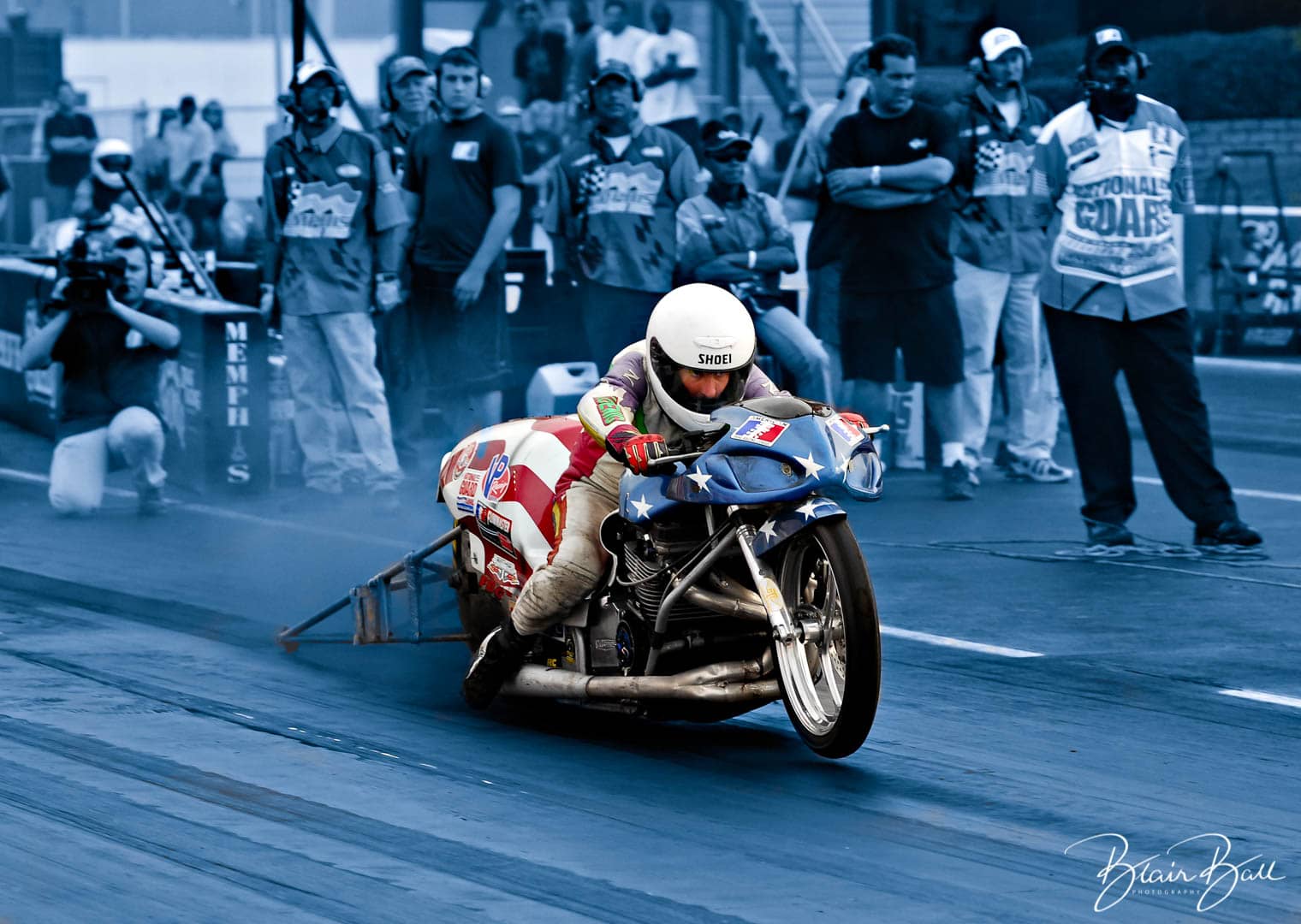Macro photography is close-up photography, usually of very small subjects. Classically a macro photograph is one in which the size of the subject is greater than life-size. Likewise, a macro lens is classically one lens capable of reproduction ratios greater than 1:1, although it now refers to any lens with a large reproduction ratio, despite rarely exceeding 1:1.
Macro lenses of different focal lengths find different uses:
- Continuously Variable Focal Length — suitable for virtually all macro subjects
- 45–65 mm — product photography, small objects that can be approached closely without causing undesirable influence, and scenes requiring natural background perspective.
- 90–105 mm — insects, flowers, and small objects from a comfortable distance.
- 150–200 mm — insects and other small animals where additional working distance is required.
I prefer to use a longer lens giving me more distance between the subject and camera. However, there are times when I will use a 50mm macro, but I need to be up really close. The challenge in macro photography is to always consider the background behind the subject. Numerous times you would have a great composition, only to be ruined by distracting elements behind the subject.
In the case of the white flowers above, the background worked out in my favor. However, most of the time that is not the case. Sometimes people will bring small backdrops to put behind the subject.
Extending the distance between the lens and the film or sensor, by inserting either extension tubes or a continuously adjustable bellows, is another equipment option for macro photography.
- The further the lens is from the film or sensor, the closer the focusing distance, the greater the magnification, and the darker the image given the same aperture.
- Tubes of various lengths can be stacked, decreasing lens-to-subject distance and increasing magnification. Bellows or tubes eliminate infinity focus.
- They can be used in conjunction with some other techniques (e.g., reversing the lens).





